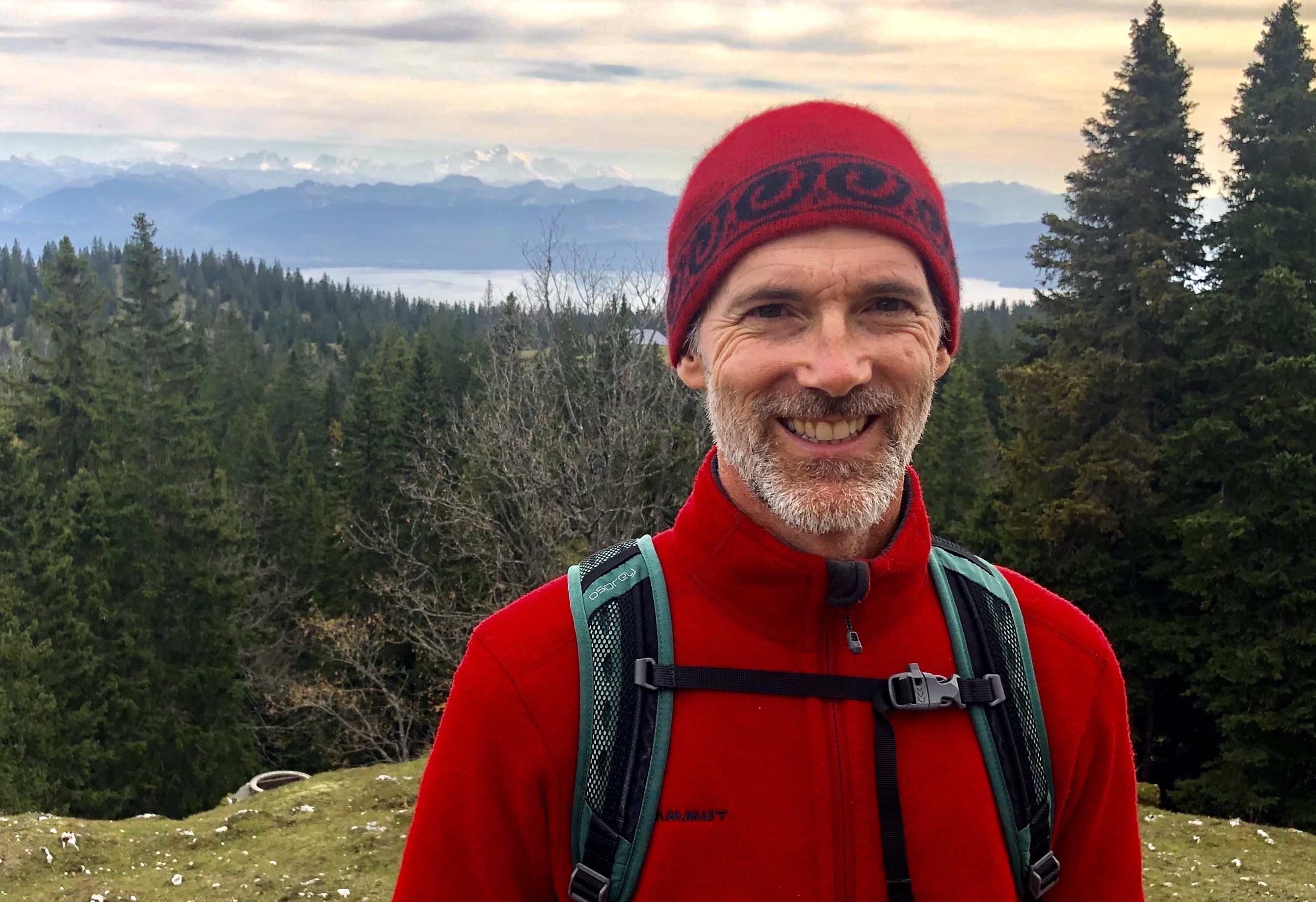Two decades ago, in my book on fire in Madagascar published at the University of Chicago Press, I made an educated guess that “in grasslands, roughly one-quarter to one-half of the surface burns annually“. A footnote fills over half of the page to justify my estimate, drawing from local studies, observations, government statistics, and rudimentary satellite data. I am thrilled to report that a just-published study confirms this estimate and makes it more precise, finding that 32% or so of the grasslands burn each year. The study takes advantage of newer satellite images that are more frequent and higher resolution to make its estimates, catching smaller and more ephemeral (quickly regreening) fire patches. Congratulations to Víctor Fernández-García on leading this work, funded by a Swiss Network for International Studies grant.

Obviously there’s much more to the article than just the statistic of percentage of grasslands burned; I’ll let you discover the rest yourself. Here’s the article’s abstract: Madagascar is one of the most burned regions in the world, to the point that it has been called the ‘Isle of fire’ or the ‘Burning Island’. An accurate characterization of the burned area (BA) is crucial for understanding the true situation and impacts of fires on this island, where there is an active scientific debate on how fire affects multiple environmental and socioeconomic aspects, and how fire regimes should be in a complex context with differing interests. Despite this, recent advances have revealed that BA in Madagascar is poorly characterised by the currently available global BA products. In this work, we present, validate, and explore a BA database at 20 m spatial resolution for Madagascar covering the period 2016–2022. The database was built based on 75,010 Sentinel-2 images using a two-phase BA detection algorithm. The validation with independent long-term reference units showed Dice coefficients ≥79 %, omission errors ≤24 %, commission errors ≤18 %, and a relative bias ≥ − 8 %. An intercomparison with other available global BA products (GABAM, FireCCI51, C3SBA11, or MCD64) demonstrated that our product (i) exhibits temporal consistency, (ii) represents a significant accuracy improvement, as it reduces BA underestimations by about eightfold, (iii) yields BA estimates four times higher, and (iv) shows enhanced capability in detecting fires of all sizes. The observed BA spatial patterns were heterogeneous across the island, with 32 % of the grasslands burning annually, in contrast to other land cover types such as the dense tropical forest where <2 % burned every year. We conclude that the BA characterization in Madagascar must be addressed using imagery at spatial resolution higher than MODIS or Sentinel-3 (≥250 m), and temporal resolution higher than Landsat (16 days) to deal with cloudiness, the rapid attenuation of burn scars signals, and small fire patches.
The article can be accessed with this link: https://doi.org/10.1016/j.scitotenv.2024.169929
References:
Fernández-García, V, M Franquesa & CA Kull (2024) Madagascar’s burned area from Sentinel-2 imagery (2016-2022): Four times higher than from lower resolution sensors. Science of the Total Environment:169929. dx.doi.org/10.1016/j.scitotenv.2024.169929.
Kull, CA (2004) Isle of Fire: the Political Ecology of Landscape Burning in Madagascar, Chicago: University of Chicago Press.
